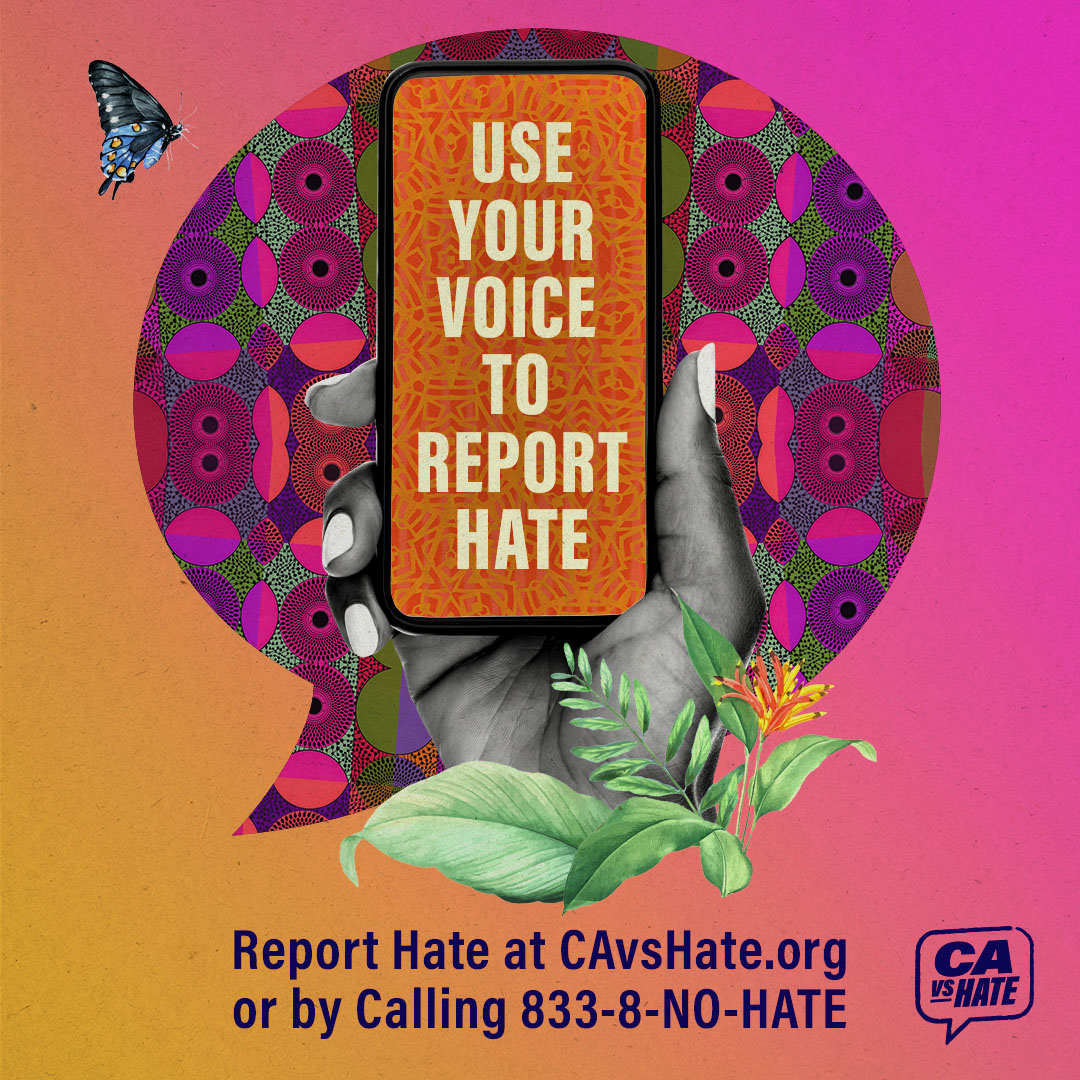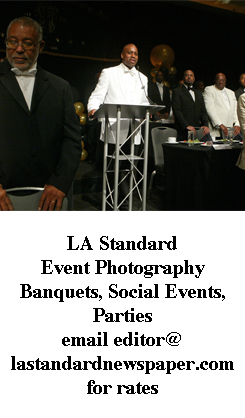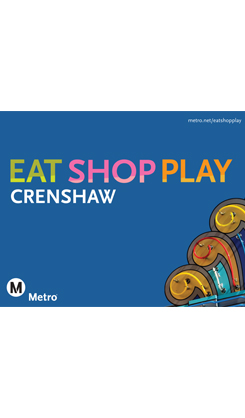The outdoor art exhibit, which celebrates Black culture in Los Angeles, also supports Black-owned businesses and creates jobs for local Black residents.
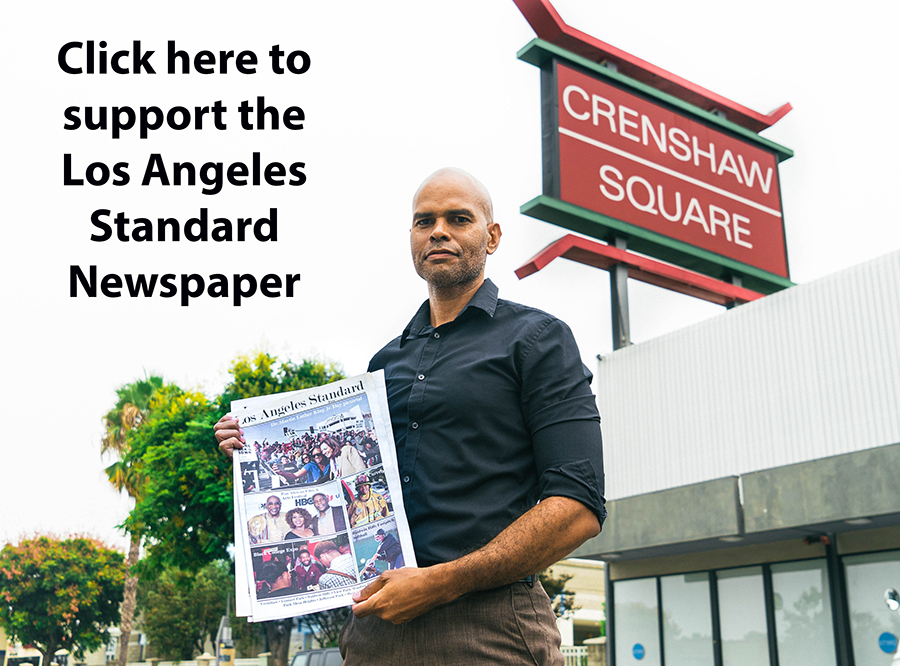
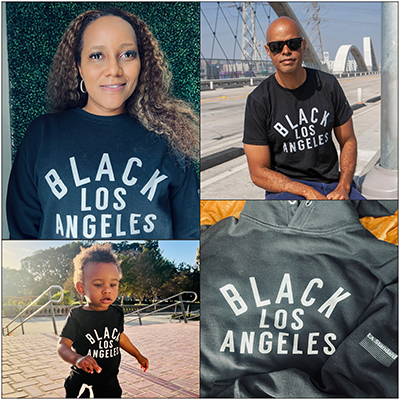
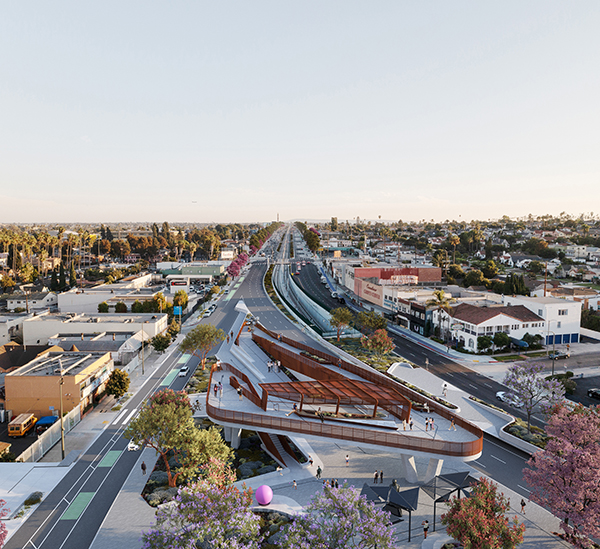
By Jason Lewis
Destination Crenshaw is a 1.3-mile public art corridor along Crenshaw Boulevard that will be the “most dynamic expression of Black American culture in the United States.” Visually it will be an outdoor museum which features Black art and showcases the surrounding neighborhoods as Black communities during a time of gentrification.
“For Destination Crenshaw, this is sort of the ultimate reason,” said Jason Foster, Destination Crenshaw’s president and chief operating officer. “To create culture permanence.”

But this is not just an art museum, as it is also a “transformative infrastructure project that will boost the community through economic development, job creation, and environmental healing, while elevating Black art and culture.”
“To create community permanence, you have to make an economic impact for the residence in the community,” Foster said.
The public art component is only one facet of this project while helping Black business, which lags behind other races around the nation, is a vital part of this $100-million project.
“It’s to make an epicenter for the businesses that are along the Crenshaw corridor,” Foster said. “Those 43 Black businesses. Those 13 legacy business owners. The people who have owned, operated, and made Crenshaw what it is. This project is to deliver new people and visitors to their businesses.”
Foster said that it’s important for Black-owned businesses to thrive because those businesses hire local Black residents.
A preliminary economic analysis showed the economic and employment impact that Destination Crenshaw could create.
“There’s over 1,000 jobs that it anticipates will be created,” Foster said. “Sixty-three million dollars in labor income. One hundred and forty-seven million dollars in total output for business revenues. These are real numbers and real data analysis around what Destination Crenshaw will create. And then you transition to the project itself. We’re creating more jobs in the construction field. We’re doing our best to recruit new people to the construction industry, knowing and understanding that the new jobs that are going to drive our community forward are not tech jobs that are being beat out by AI. They’re trade jobs that are protected by unions. And the steady career path of the infrastructure that’s coming to L.A. in the future. So we’re trying our best to get people into the career apprentice program. We’re paying our career apprentices participants to go to training.”
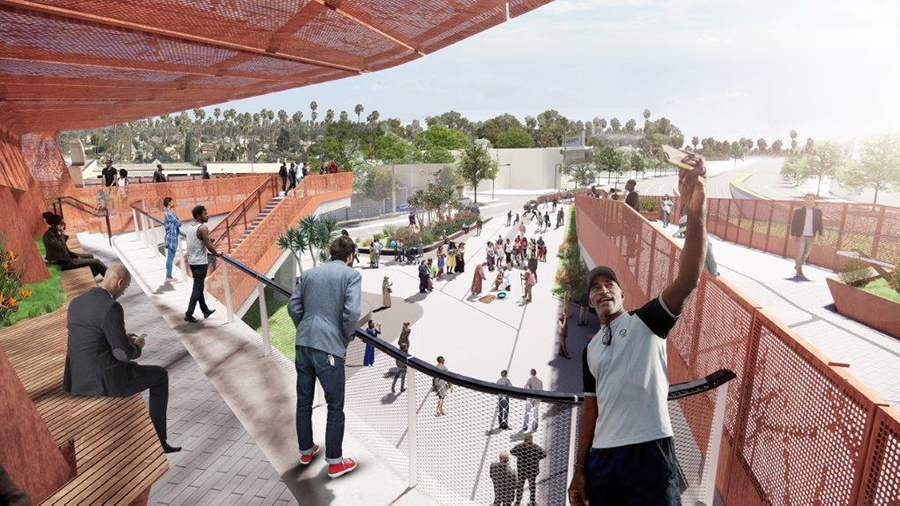
There will be a massive investment from financial institutions. Destination Crenshaw has been awarded a $30 million allocation of new markets tax credits, which is an innovative federal program designed to direct private investment to underserved communities. Four financial firms, U.S. Bank, AFL-CIO, Lendestry, and Local Initiatives Support Corporation (LISC), supported Destination Crenshaw in the successful effort.
“One of the things that we see in Black and Brown communities in Los Angeles is the lack of banking relationships,” Foster said. “We’re dramatically underbanked as a community. This creates a strain on our business owners and our land owners. And it makes us highly vulnerable to displacement when things like transit lines are developed. Because ultimately the investment comes from outside of the community. We’re not actually able to take advantage of this anticipation and this growth that’s going to come from these new lines. So what we did at Destination Crenshaw is have a new markets tax credits investment plan where four different banks partnered up and did our allocation. What that allocation is, is they dedicated tax benefits to the NRC census tracts. Because they’re highly distressed, banks create programs that benefit that as the tax benefit for the project.”
The partnerships with these financial firms are already paying off.
“Out of that we’ve seen new staff people at the U.S. Bank branch on Crenshaw,” Foster said. “We’ve seen new opportunities for program development at LISC and Lendistry. And we’ve seen AFL-CIO support our workforce development programs to drive more people into the trade careers. By leveraging that investment, we’re able to bring additional advantages for the community to benefit off of this project. And that’s the whole point. To focus a lot of these efforts to the community to drive intentional investment that helps us stay in place.”
For more information about Destination Crenshaw and to find out how you can participate, visit www.destinationcrenshaw.la.


